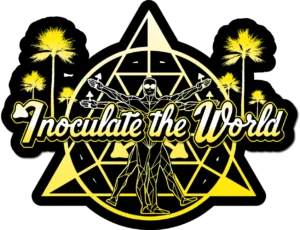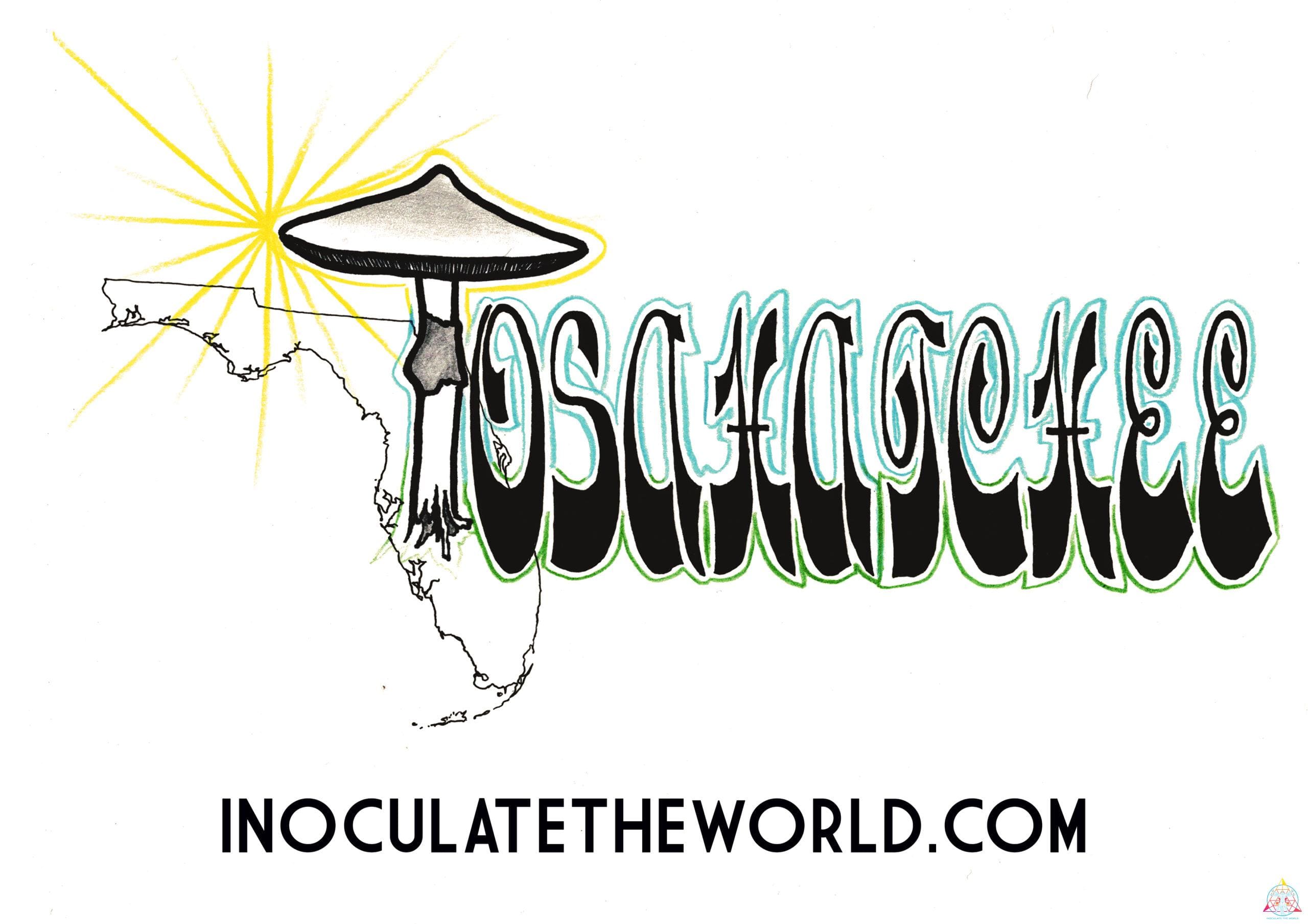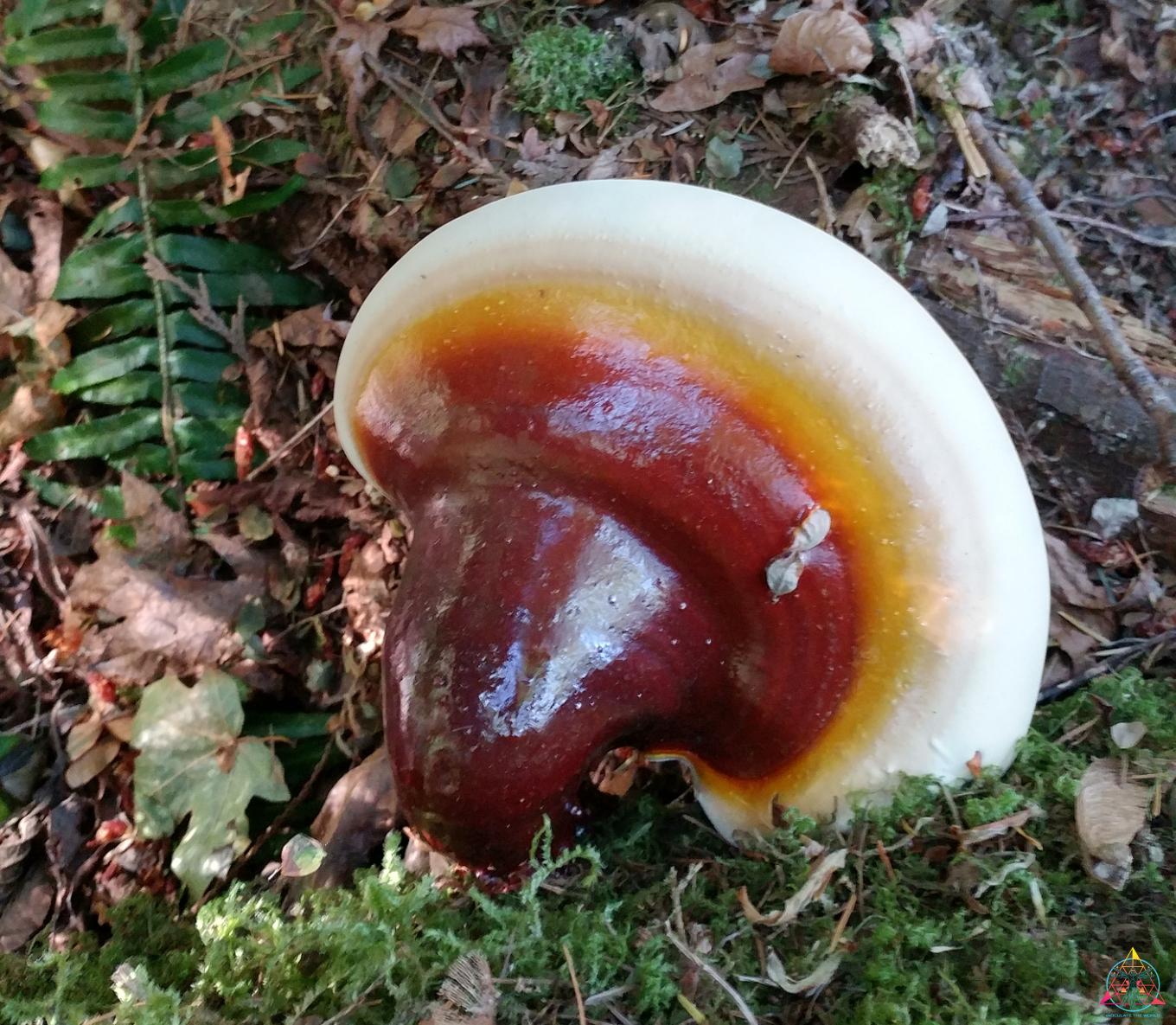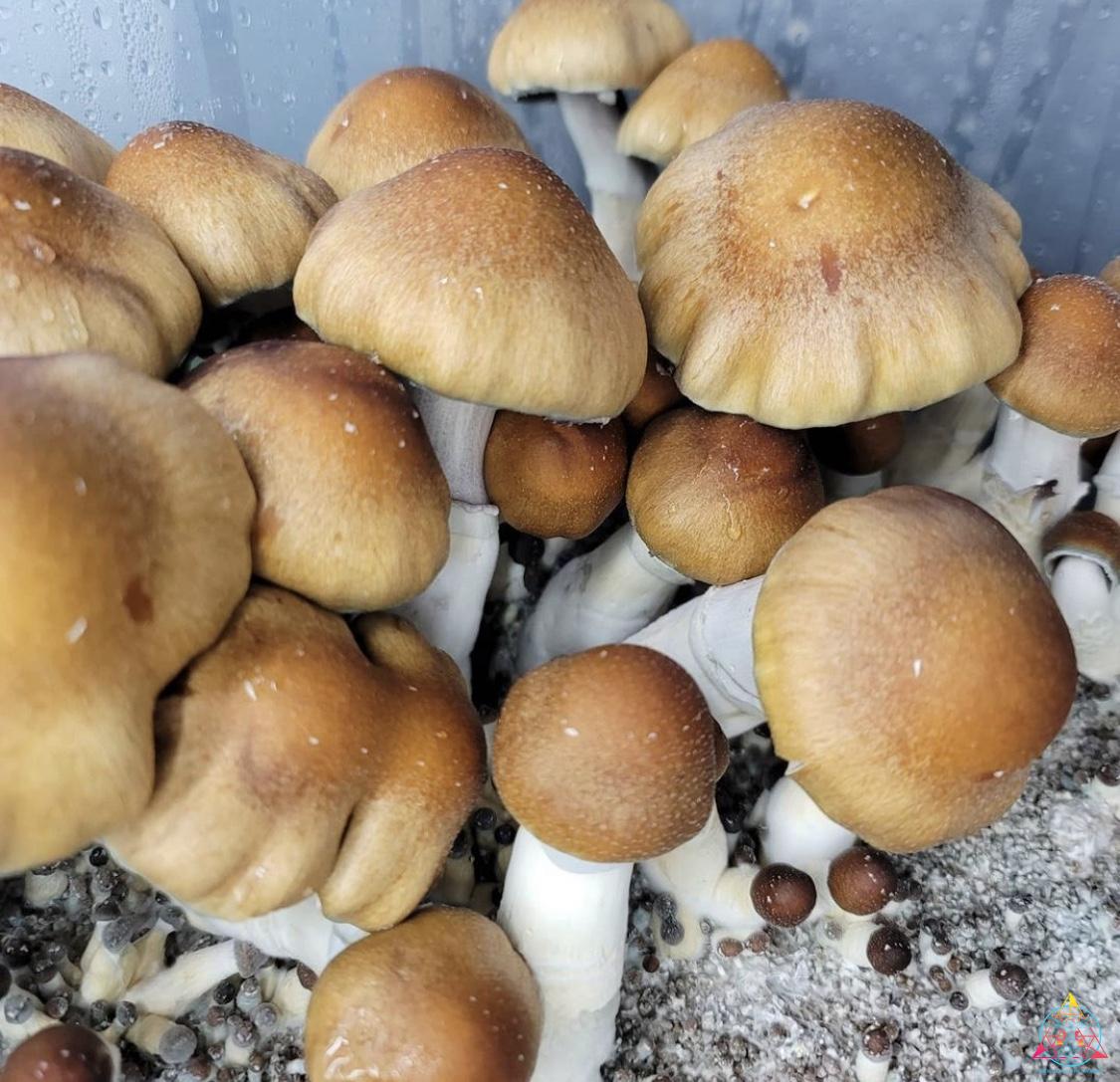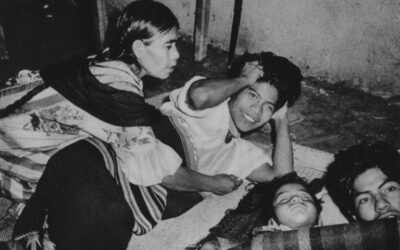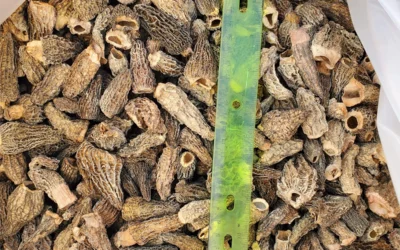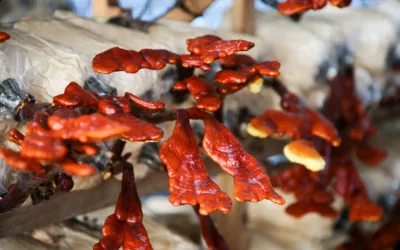
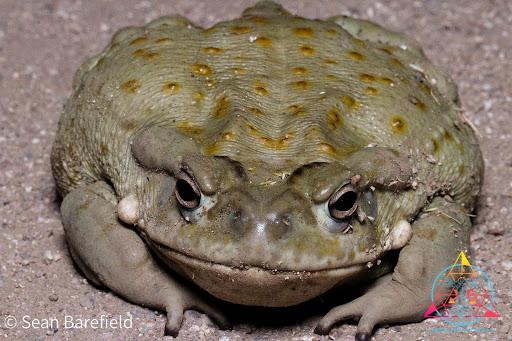
In a recent talk given by Hamilton Morris at a Bufo Alvarius conference, he makes a sound and scientifically backed argument for the exclusive use of synthetic (5-MeO-DMT) in toad driven spirit quests, pointing out that the effects are identical to those from the natural source (4). Many listeners at the conference took well to this idea, while the few “natural” fanatics insisted that the experience associated with the natural venom cannot be replicated in a lab setting.
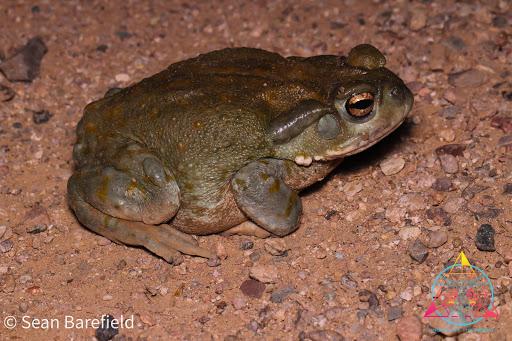

The harvest of Bufo Alvarius toads for “milking” has caused a quick degradation in the Bufo Alvarius population of the Sonora Desert. Coming out only 2-3 months a year to mate during monsoon season, they are being stripped away by poachers as soon as they emerge from their hiding. Here’s a short description by PBS Nature Works, detailing the short emerging habitats of these toads. Nature Works states, “Just before spring rains hit the desert, Colorado River toads gather at breeding pools and streams. Mating occurs from May to July. The female lays strands of black eggs. There can be as many as 8,000 eggs in a strand. The tadpoles hatch within 2-12 days. After breeding season is over, the Colorado River toad returns to its burrow, where it spends the winter” (6). Considering milking the toad but not taking it? This still causes intense trauma and PTSD to the toads, making them confused and unable to repropagate.

In a recent conversation we started in a forum online, we had numerous individuals speak to the first hand trauma they had witnessed the toads undergo after milking. One individual who has personally milked the Bufo Alvarius toad stated,
“I possessed a Bufo Alvarius toad around 2001, and the toad getting PTSD is a very real thing. I only milked it a couple times, and shortly after he got depressed, stopped eating all together, and later died. At the time, I thought I was taking good care of him and didn’t think I was doing harm. However, being ill informed is a bad excuse. I’ve never felt right about the toad after his passing , I was a young fool operating on desire and ego. Rest In Peace Thor, sorry I was stupid”.
As the discovery of ethnopharmacological plants expands, we learn of more plants that contain DMT, which could be a less harmful alternative than milking the Bufo Alvarius toad. For example, mushroom spores have been the subject of research for their psychoactive and entheogenic potential. And, one plant in particular is Phalaris Arundinacea, also known as Reed Canary Grass.
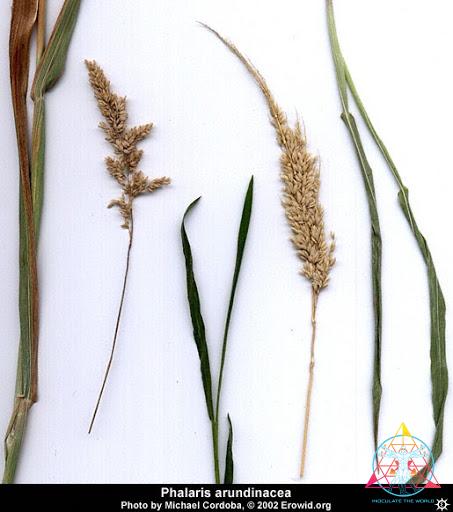
According to independent research site, Erowid.com, “Phalaris aquatica, arundinacea, and canariensis are species of waist-high, blue-green, perennial grasses which contain DMT” (7).
If you are interested in reading more about the Sonoran Desert toad, be sure to checkout Hamilton Morris’s recent Vice episode, “Synthetic Toad Venom Machine: Hamilton’s Pharmacopeia New Season”, as well as James Orc’s novel, Tryptamine Palace: 5-MeO-DMT and the Sonoran Desert Toad, which examines Bufo Alvarius toad venom and the entheogenic use of 5-MeO-DMT from toads.
If you are interested in the ways that you can support the protection of this species habitat, please check out the Tucson Herpetological Society, a group actively working to preserve this unique species.
LEAVE THE TOADS ALONE.
This article was written by Drew Collins, founder of InoculateTheWest.
Related Articles
Maria Sabina, Mazatec Wisdom, and the Costs of Psychedelic Tourism
Maria Sabina is often remembered as one of the most influential figures in the psychedelic world, renowned for her role as a poet, and shaman, and as the woman who introduced magic mushrooms to Gordon Wasson, and thus, the Western world. Maria Sabina’s quotes...
Forage to Feast: Exploring the Biology and Culinary Magic of Morel Mushrooms
It’s a mild spring day, with the warm sun casting flecks of light on the forest floor. Deciduous tree branches tangle together overhead and close in around a grassy depression, likely the remnant of a past disruption or abandoned pathway. The mushroom forager...
The Mushroom of Immortality: Learn About Medicinal Reishi Mushrooms
Reishi, along with the entire Ganoderma Genus, is prized for its health benefits, and is among the most unique-looking fungi in our collection. In this article, we’ll discuss some of the health benefits of Reishi mushrooms and Ganoderma as a whole. We’ll also discuss...

